Refine listing
Actions for selected content:
2251 results in Cambridge Elements
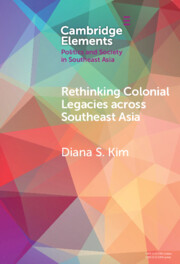
Rethinking Colonial Legacies across Southeast Asia
- Through the Lens of the Japanese Wartime Empire
-
- Published online:
- 17 March 2025
- Print publication:
- 17 April 2025
-
- Element
- Export citation
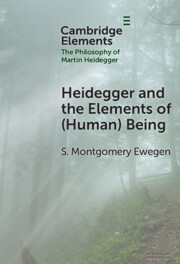
Heidegger and the Elements of (Human) Being
-
- Published online:
- 17 March 2025
- Print publication:
- 17 April 2025
-
- Element
- Export citation
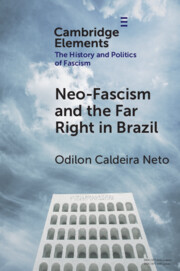
Neo-Fascism and the Far Right in Brazil
-
- Published online:
- 15 March 2025
- Print publication:
- 20 March 2025
-
- Element
- Export citation
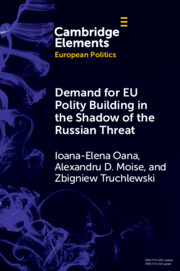
Demand for EU Polity Building in the Shadow of the Russian Threat
-
- Published online:
- 15 March 2025
- Print publication:
- 03 April 2025
-
- Element
-
- You have access
- Open access
- HTML
- Export citation
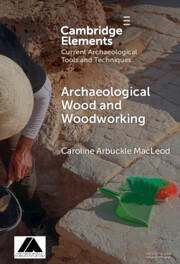
Archaeological Wood and Woodworking
-
- Published online:
- 14 March 2025
- Print publication:
- 10 April 2025
-
- Element
- Export citation
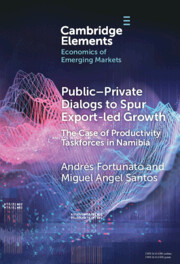
Public-Private Dialogs to Spur Export-led Growth
- The Case of Productivity Taskforces in Namibia
-
- Published online:
- 14 March 2025
- Print publication:
- 20 March 2025
-
- Element
-
- You have access
- Open access
- HTML
- Export citation
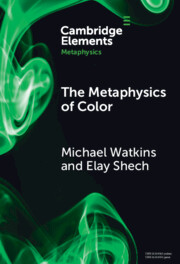
The Metaphysics of Color
-
- Published online:
- 14 March 2025
- Print publication:
- 10 April 2025
-
- Element
-
- You have access
- Open access
- HTML
- Export citation
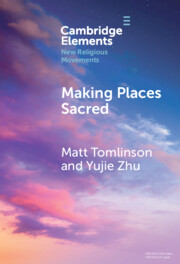
Making Places Sacred
- New Articulations of Place and Power
-
- Published online:
- 14 March 2025
- Print publication:
- 10 April 2025
-
- Element
- Export citation

Bandleader Mrs Mary Hamer and Her Boys
- Popular Music and Dance Cultures in Interwar Liverpool
-
- Published online:
- 14 March 2025
- Print publication:
- 10 April 2025
-
- Element
- Export citation
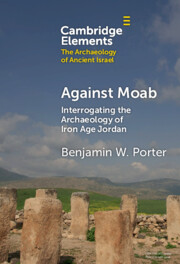
Against Moab
- Interrogating the Archaeology of Iron Age Jordan
-
- Published online:
- 14 March 2025
- Print publication:
- 10 April 2025
-
- Element
-
- You have access
- Open access
- HTML
- Export citation
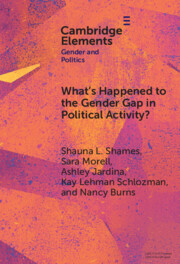
What's Happened to the Gender Gap in Political Activity?
- Social Structure, Politics, and Participation in the United States
-
- Published online:
- 13 March 2025
- Print publication:
- 13 March 2025
-
- Element
-
- You have access
- Open access
- HTML
- Export citation
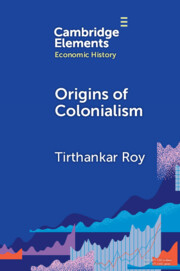
Origins of Colonialism
- Why Geography Mattered
-
- Published online:
- 13 March 2025
- Print publication:
- 10 April 2025
-
- Element
- Export citation
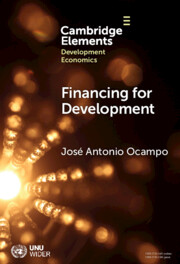
Financing for Development
- The Global Agenda
-
- Published online:
- 13 March 2025
- Print publication:
- 10 April 2025
-
- Element
-
- You have access
- Open access
- HTML
- Export citation
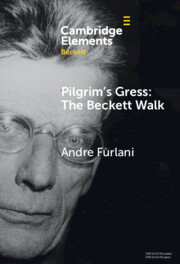
Pilgrim's Gress: The Beckett Walk
-
- Published online:
- 12 March 2025
- Print publication:
- 27 March 2025
-
- Element
- Export citation
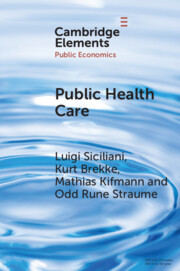
Public Health Care
-
- Published online:
- 10 March 2025
- Print publication:
- 03 July 2025
-
- Element
- Export citation
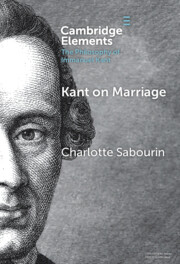
Kant on Marriage
-
- Published online:
- 10 March 2025
- Print publication:
- 10 April 2025
-
- Element
- Export citation
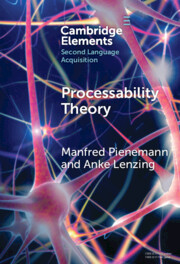
Processability Theory
-
- Published online:
- 10 March 2025
- Print publication:
- 10 April 2025
-
- Element
- Export citation

Iris Murdoch
-
- Published online:
- 07 March 2025
- Print publication:
- 03 April 2025
-
- Element
- Export citation
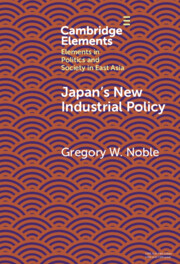
Japan's New Industrial Policy
-
- Published online:
- 07 March 2025
- Print publication:
- 03 April 2025
-
- Element
- Export citation
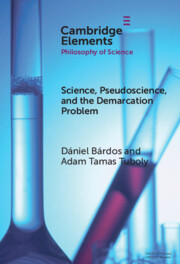
Science, Pseudoscience, and the Demarcation Problem
-
- Published online:
- 06 March 2025
- Print publication:
- 06 March 2025
-
- Element
- Export citation
